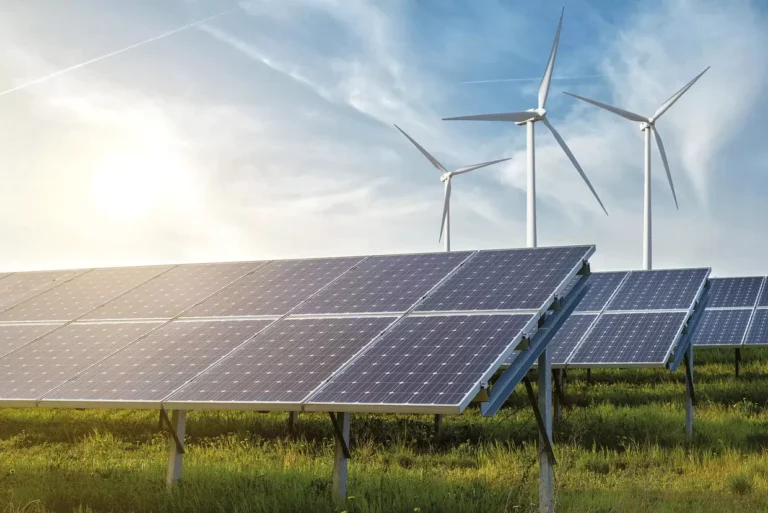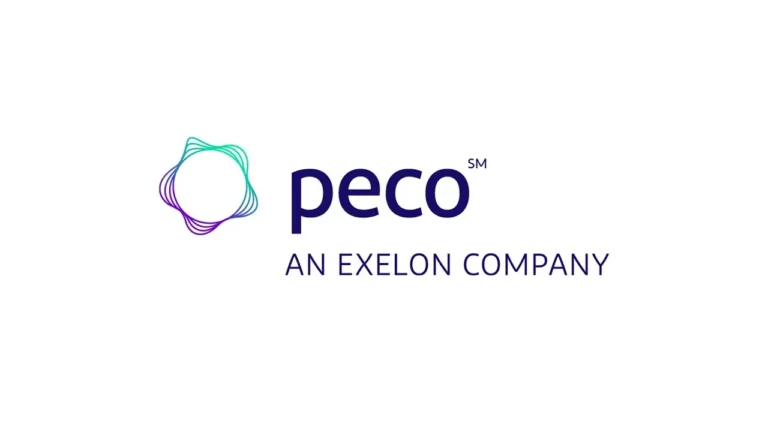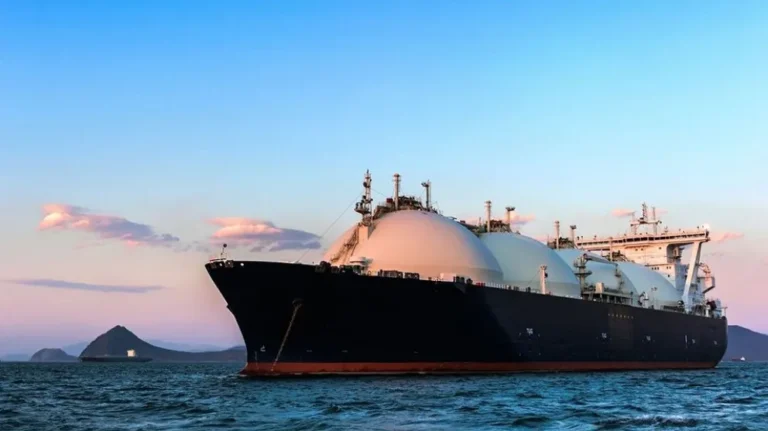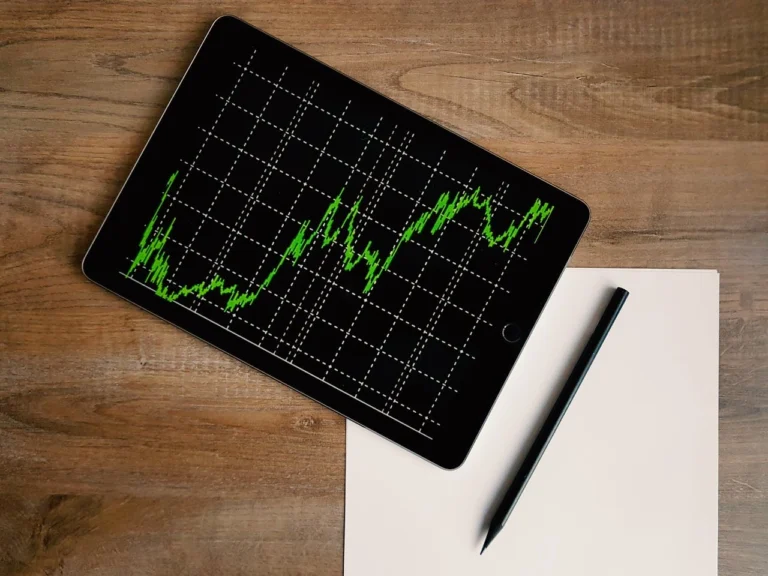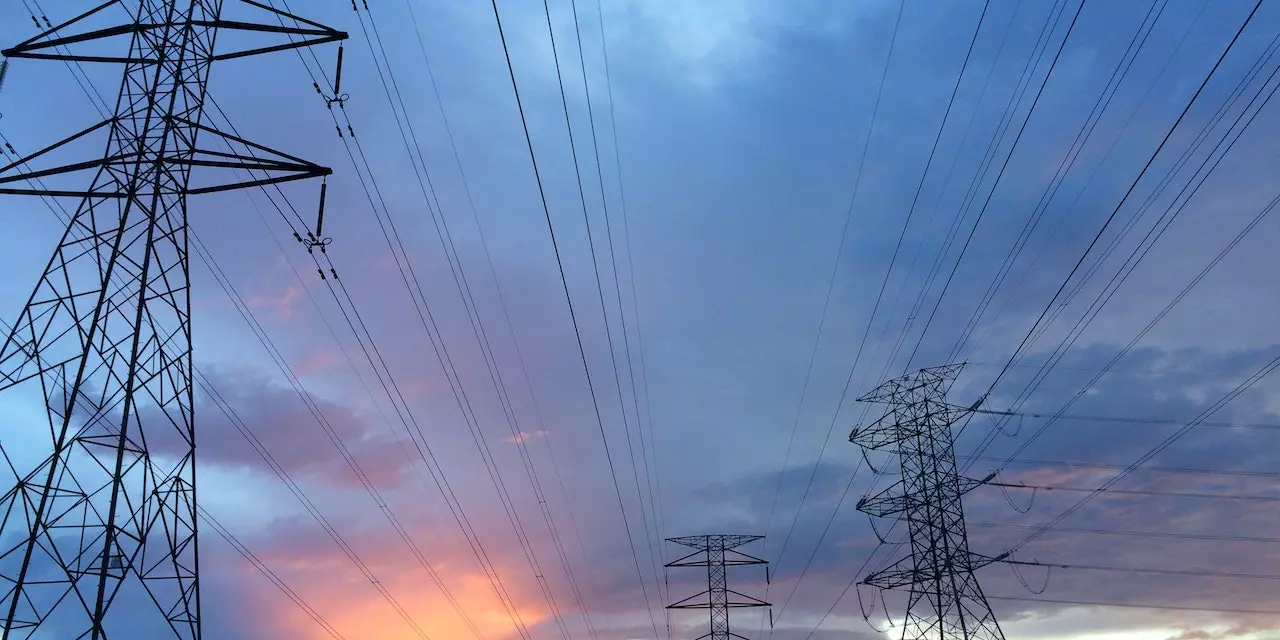
A consortium of Siemens Energy and Spain’s Dragados Offshore has signed a framework agreement with German-Dutch transmission system operator TenneT to supply high-voltage direct current (HVDC) transmission technology for three grid connections in the German North Sea. The projects available through the agreement will ensure that a total of 6 gigawatts (GW) of offshore wind power can be transported onshore. The contract value for the consortium of Siemens Energy and Dragados Offshore is close to €7 billion.
“In the global race against climate change, grid expansion must be able to keep pace with the accelerated expansion targets for renewable energies. Shorter contracting processes, large-scale tenders and standardization of solutions show how grid operators and manufacturers are already pulling together to get green energy to consumers faster,” said Tim Holt, member of the Siemens Energy Executive Board. “However, in order for the industry to continue ramping up capacity, all available levers must now be pulled at the policy level as well – from raw material and skilled labor strategies to further streamlining permitting processes at all levels.”
The three grid connections, named BalWin3, LanWin2, and LanWin4, will transport electricity from wind farms in the German North Sea to grid connection points in the north of Germany. Each of the systems has a transmission capacity of two gigawatts. Siemens Energy will manufacture the main electrical components, such as switchgears, transformers and converter technologies, at its factories in Europe. The Spanish consortium partner Dragados Offshore is responsible for the construction and offshore installation of the platforms.
Siemens Energy had already won major orders for the connection of wind farms in the German North Sea as recently as the end of 2022. With the three new projects, the company is currently handling 11 HVDC grid connection projects worldwide to connect wind farms in Germany, the UK and the US, and can look back on five completed projects in the German North Sea. Once the 11 ongoing projects are commissioned, Siemens Energy’s HVDC technology will feed more than 19 GW of wind power into high-voltage grids worldwide.
This is how wind power comes ashore with HVDC technology:
Wind turbines generate electrical energy as alternating current. To transport the electricity from offshore wind farms onshore, it has to be converted into direct current. Siemens Energy’s high-voltage direct-current transmission technology, which has been installed in offshore converter platforms, takes care of this. The platforms, steel structures as tall as houses that stand on stilts in the sea near the wind farms, collect the electricity from the wind turbines. Inside them, the alternating current is converted into direct current. Only in this way can more electricity be transported to land with reduced losses through cable systems, some of which are several hundred kilometers long. There, the onshore converter station receives the direct current and converts it back into alternating current so that it can be fed into the German high-voltage grid and ultimately brought to consumers.
Source link: https://press.siemens-energy.com/


